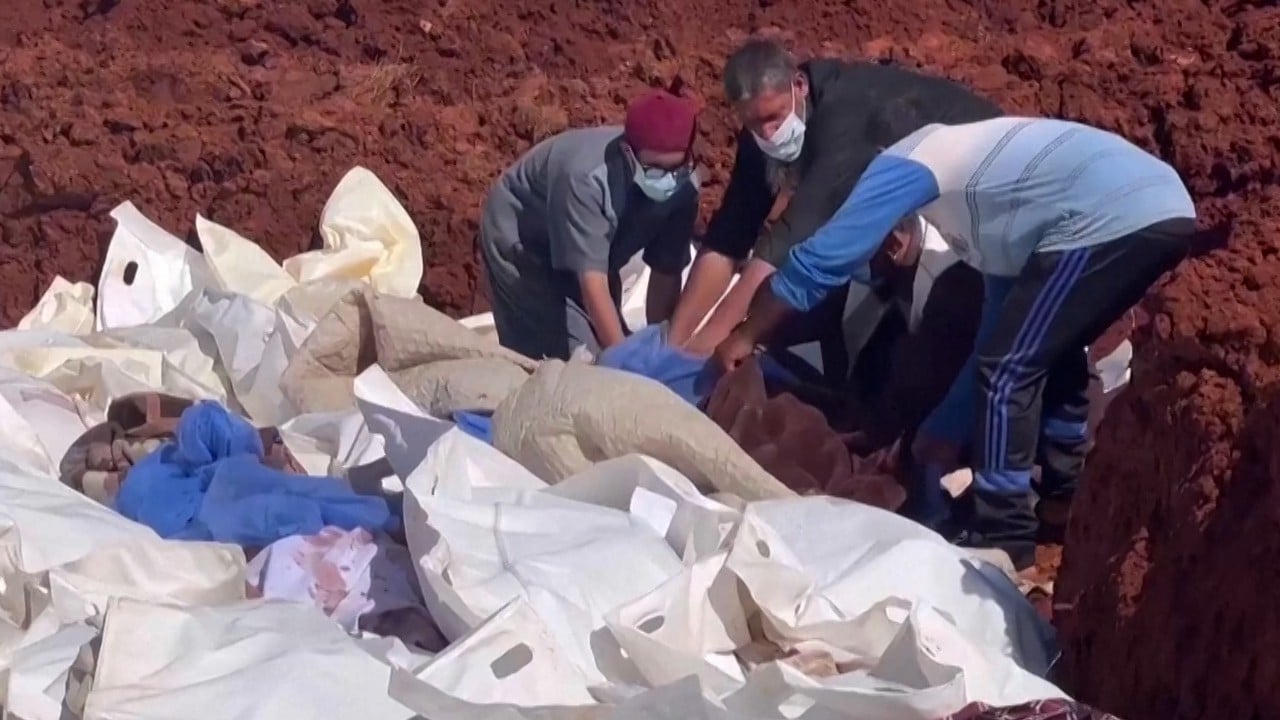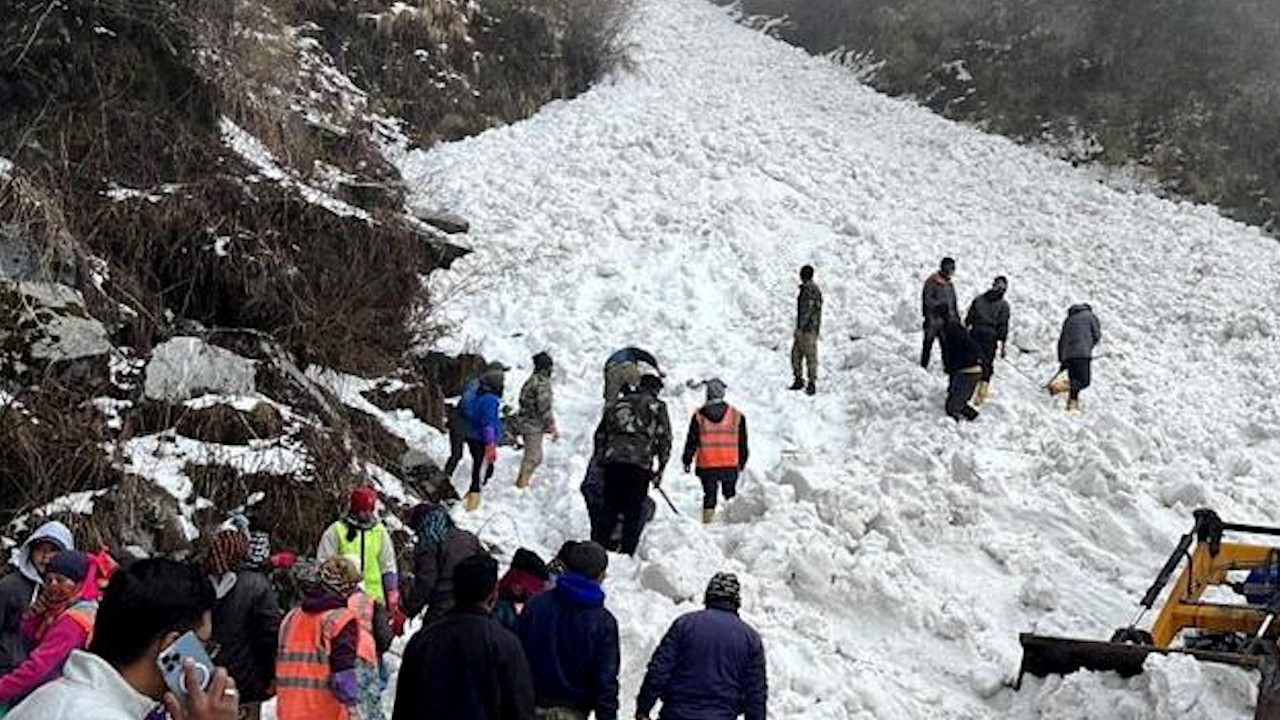
Natural disasters that shook the tourism industry to its core, from 2023 Rhodes wildfires to 2019 Venice floods to 2004 Indian Ocean tsunami
- Natural disasters can deter holidaymakers from visiting the affected area in the aftermath, which can trigger chain reactions throughout the tourism industry
- From July’s Greek wildfires to the 2010 Icelandic volcano eruption and 2004 Indian Ocean tsunami, these eight natural disasters left their mark on tourists
While the long-term impact may be minimal, natural disasters usually deter holidaymakers from visiting the affected area in the immediate aftermath. This can trigger a chain reaction, leading to the closure of tourism-related businesses and lay-offs, which in turn reverberates throughout the local community.
Here are eight natural disasters – and disasters exacerbated by human-influenced climate breakdown – that left their mark on tourists and their hosts.
1. Venice – 2019 floods
And the city is not alone; mainland China, Libya, Greece, Turkey, Japan, Brazil, the United States and India have all seen extreme downpours in the past few weeks.
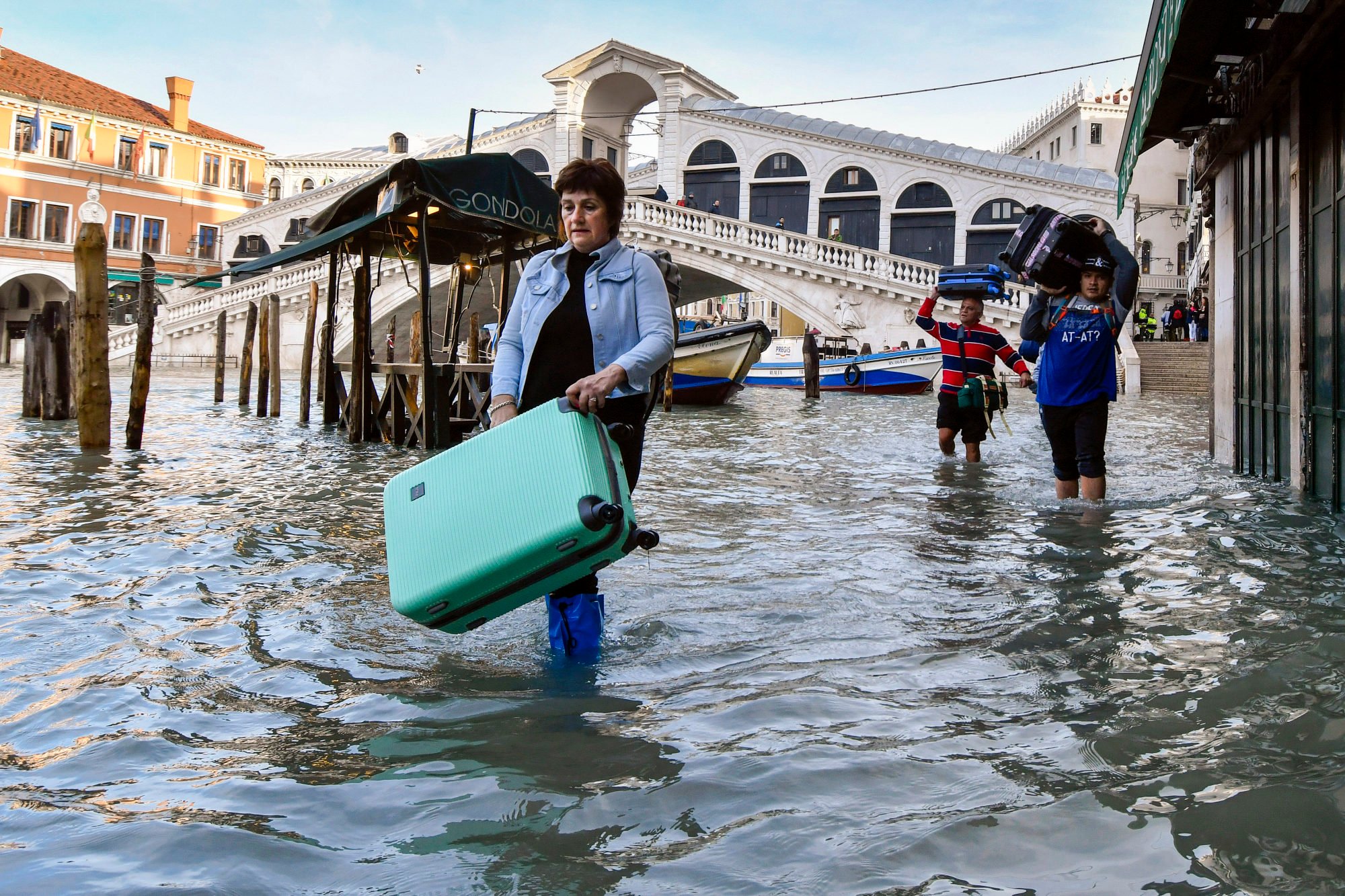
The phenomenon is a regular occurrence in the winter months, though, and doesn’t bother Venetians too much. What does concern them is the depth of the water and the increasing frequency of the flooding.
In the days after the deluge, tourists cancelled hotel bookings and a number of events were put on hold.
Then, in February this year, to add insult to injury, the Italian city suffered from a drought caused by low tides and a lack of rain. Canals dried up, making it impossible for gondolas and water taxis to navigate some areas, and water ambulance paramedics were forced to attend incidents on foot.
2. Rhodes – 2023 wildfires
Increasingly ferocious wildfires are another effect of climate breakdown that have ravaged swathes of the planet this summer, including in Hawaii, Canada and Spain.
Where is the world’s highest road? The most famous? The most dangerous?
Now that the fires have been extinguished, the government is working with the tourism sector to rescue the season by reassuring holidaymakers that the island is ready to welcome them.
Advertising campaigns have been planned, compensation is to be paid to help businesses reopen and Greek Prime Minister Kyriakos Mitsotakis has offered a one-week free stay in Rhodes in 2024 for anyone whose holiday was cut short by the wildfires.
3. Sri Lanka - 2004 earthquake and tsunami
The international media focused on the destructive forces unleashed at tourist destinations in Sri Lanka and Thailand. Less attention was devoted to Aceh province, in Sumatra, Indonesia, where 20 times as many people died, and the eastern coast of Tamil Nadu, India, where tens of thousands perished.
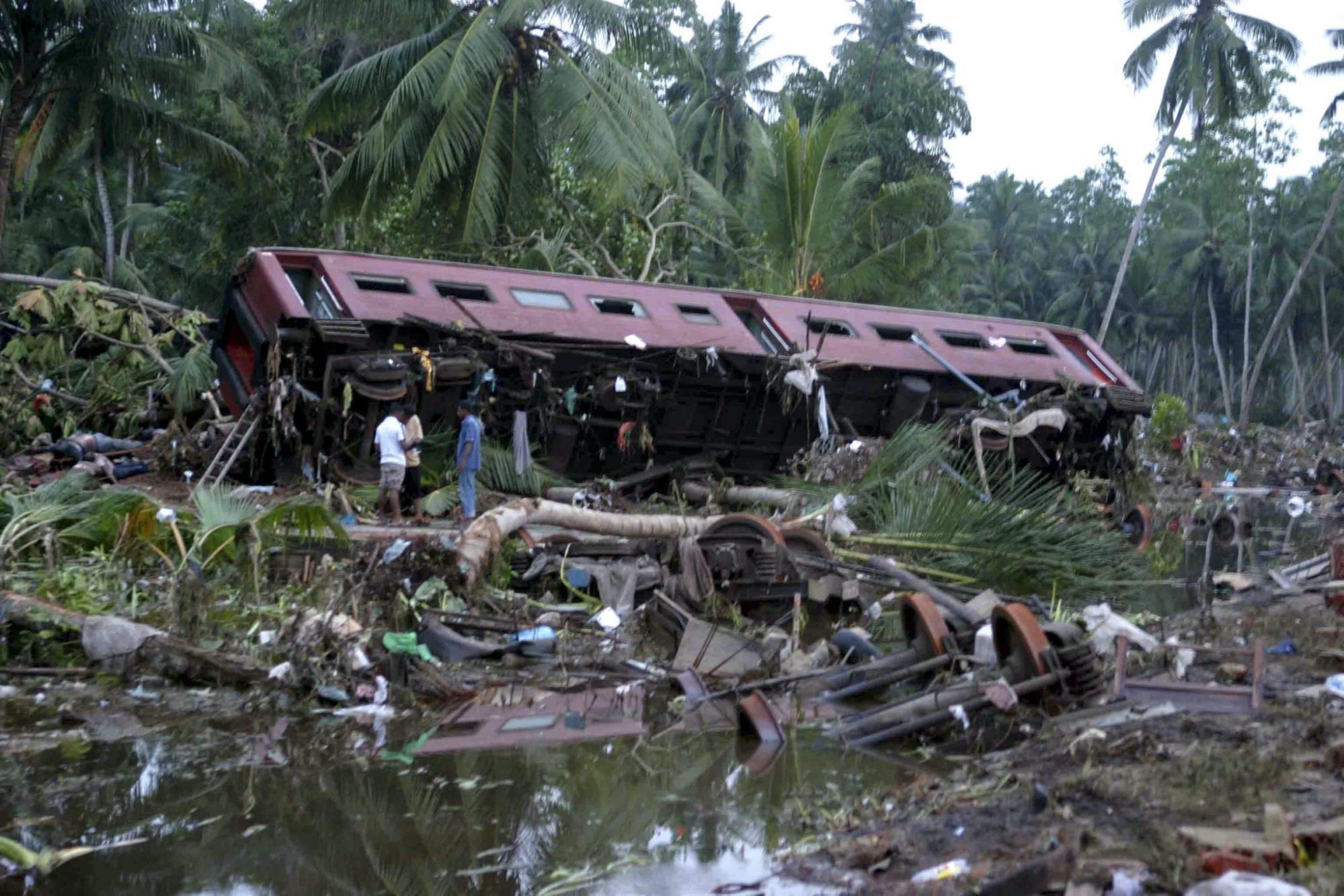
Stakeholders in the Sri Lankan tourism industry may have had mixed feelings about the harrowing coverage, however. For months, even years, after the tidal wave roared ashore, tourists steered clear of the teardrop-shaped island, seemingly hesitant to intrude on a nation in grief. In Kandy, hospitality workers who suddenly found themselves unemployed felt especially hard done by.
Tourist infrastructure, including roads, railways and hotels, were all unaffected by the disaster – which is hardly surprising as the city is 500 metres (1,640 feet) above sea level.
4 and 5. Caribbean – 2017 hurricanes
Be wary of cheap deals to the Caribbean in September. Some islands avoid the worst of the weather during hurricane season but others seem to attract savage storms and whiplash winds on an annual basis.
The Caribbean is more dependent on tourism for employment than almost any other region of the world and the impact of extreme weather events on travel preferences is meticulously monitored.
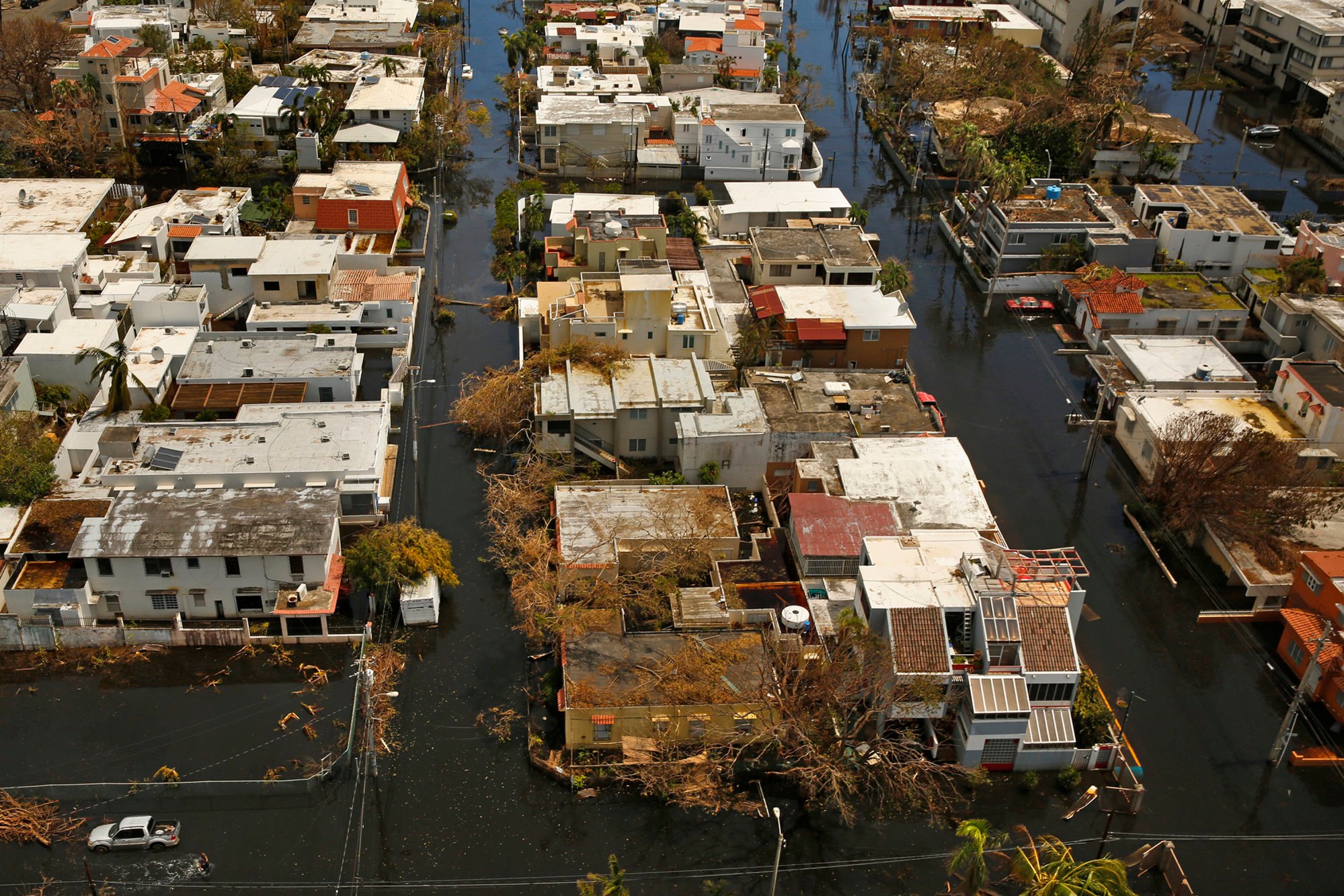
Research suggests those missing hotel guests, cruise ship passengers, honeymooners and island-hopping yachtsmen would have generated as much as US$741 million and supported 11,005 jobs.
6. Murree, Pakistan – 2022 blizzard
In January 2022, Pakistanis piled into their cars and headed to the mountain resort of Murree in the hope of seeing the snow that had been forecast. Unfortunately, more than 150,000 people had the same idea. The snow arrived on cue but it came in the form of a ferocious blizzard.
More than a metre fell and blocked roads while high winds brought down trees and power lines. Routes in and out of Murree were impassable, leaving vehicles jammed bumper to bumper for miles.

Some tourists abandoned their cars and set out for the city in search of accommodation. Others made the fatal decision to stay put. Temperatures dropped overnight and 23 people died in their cars from hypothermia and carbon monoxide poisoning.
7. Iceland – 2010 volcanic eruption
In the spring of 2010, the eruption of Iceland’s Eyjafjallajökull volcano grabbed global attention.
Residents weren’t in direct danger – unless they got on a plane – and no one could do that. European airspace was closed due to the risk that ash clouds posed to aviation safety. Even aircraft operating on routes thousands of kilometres from the eruption were grounded in what would become the largest air-traffic shut-down since World War II.
Lucky tourists who were already in Iceland got to enjoy a front-row seat as molten lava spewed from the crater and plumes of grey ash soared skywards.
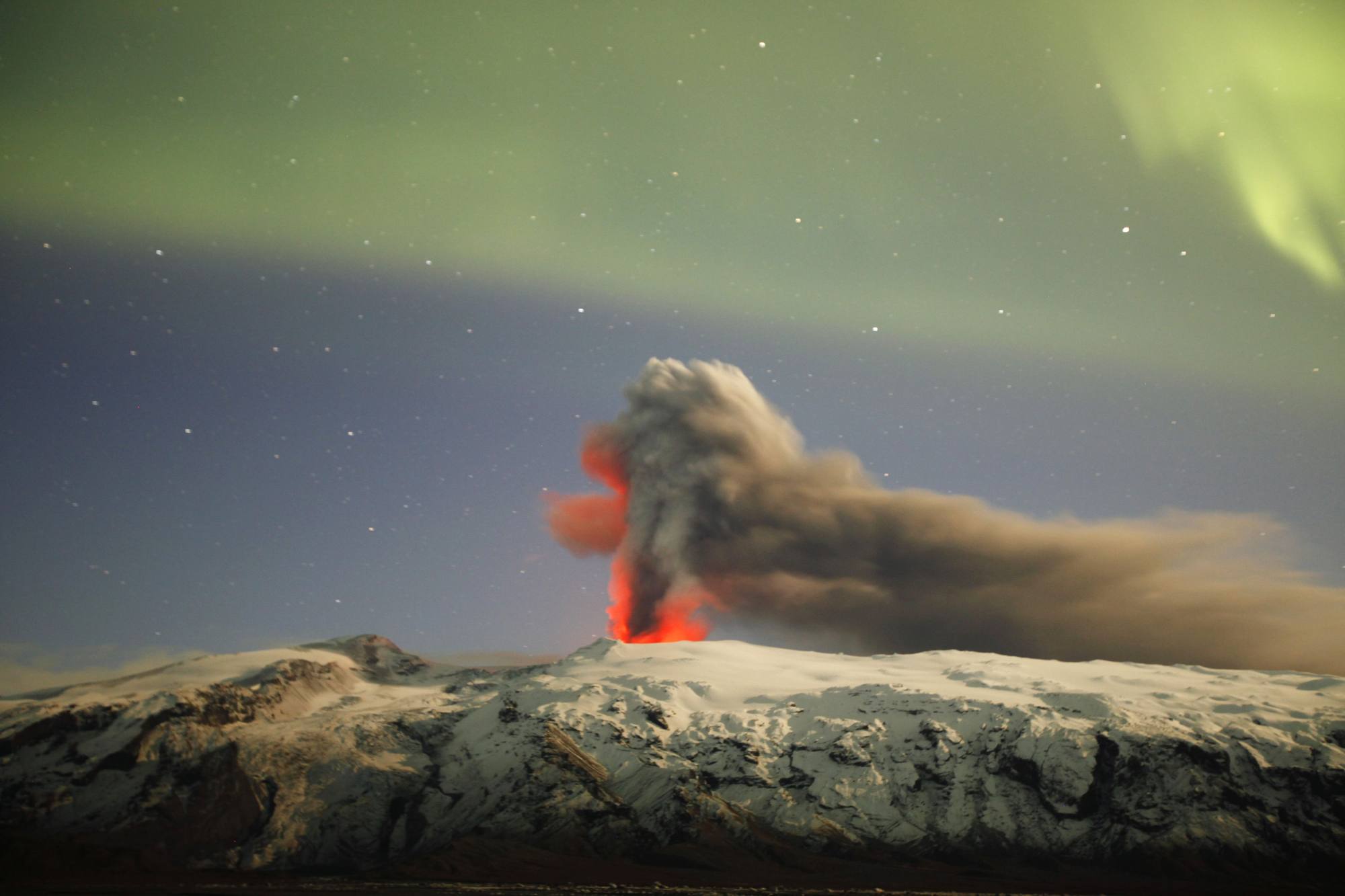
Another big winner was the Nordic nation’s tourism industry, which profited from its time in the media spotlight. Iceland’s otherworldly landscapes, pristine glaciers and ethereal Northern Lights were relentlessly showcased on news bulletins and when the skies reopened, there was only one country people wanted to visit.
The Eyjafjallajökull Effect gave Iceland a tourism boost that continues to this day.
8. Sikkim, India – 2023 avalanche
In April 2023, an avalanche in India’s northeastern state of Sikkim killed seven tourists and injured 17. The group had been travelling along Nathu La, a Himalayan pass between India and Tibet, and had stopped to take photos near a stream when they were buried alive.
Gravity can propel avalanches downhill at speeds of 130km/h (80 miles an hour), so there would have been no chance of anyone outpacing the blanket of snow.
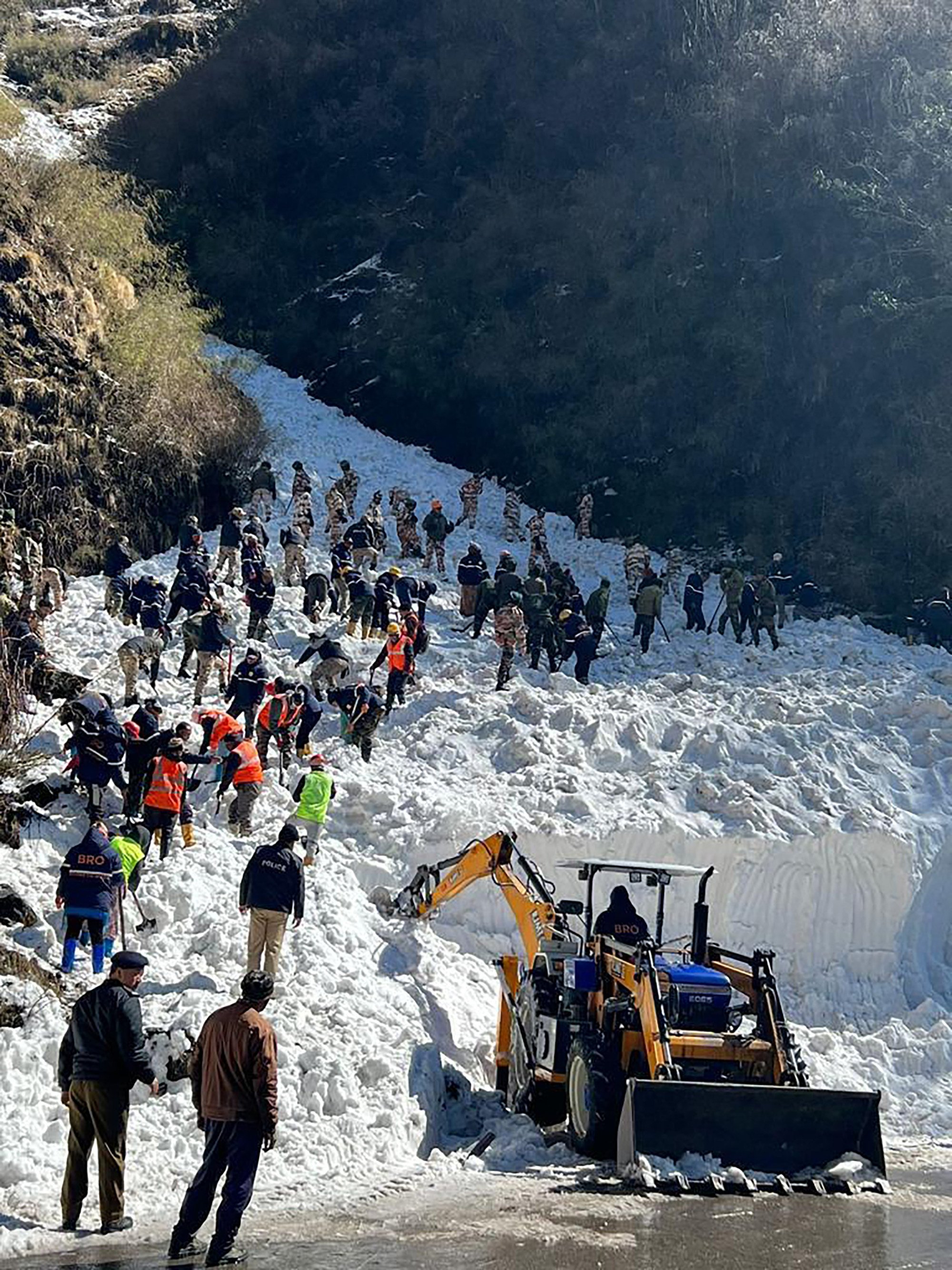
Avalanches are triggered by a number of factors, from warm spring temperatures and steepness of the terrain, to human activity such as skiing or even walking on packed snow.
Scientists believe climate breakdown has heightened the risk and intensity of snow slippage. Deforestation is another culprit. When plants and trees are felled, soil becomes loose and unstable, making it susceptible to avalanches.


